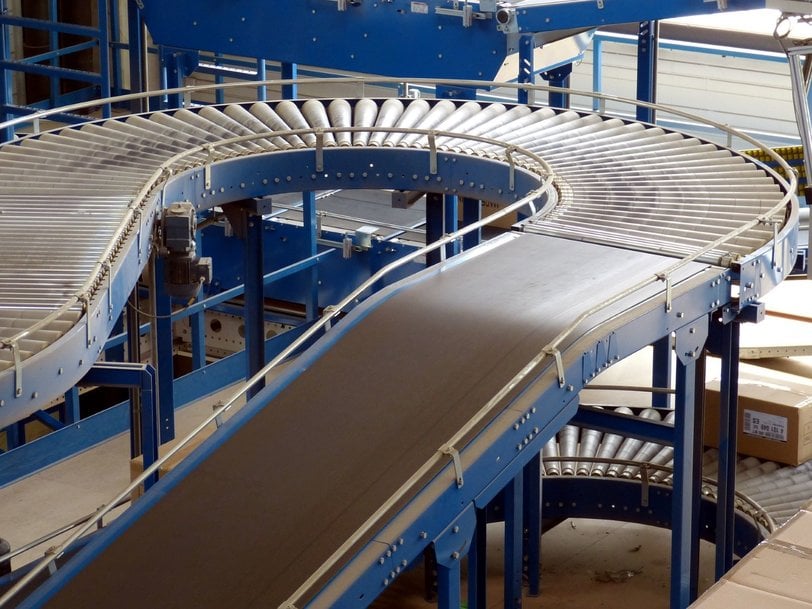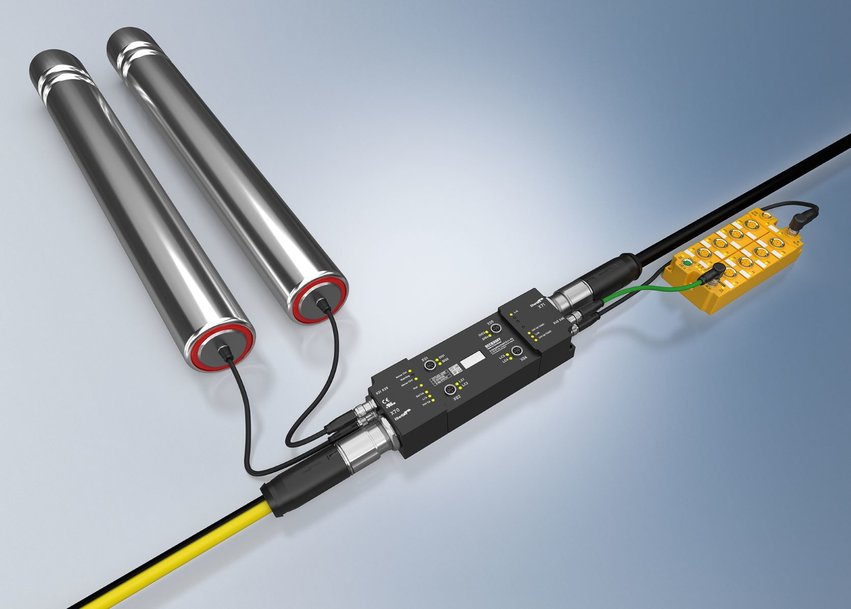www.ptreview.co.uk
21
'21
Written on Modified on
The perfect harmony
As pressure grows on warehousing, fine tuning motion control will be key to deliver.

In the wake of COVID-19, an increasing number of logistics professionals are considering new automation technologies in warehouses to improve efficiency and respond to market demands. However, improving control of existing systems is just as important. Here, Stephen Hayes, managing director of industrial automation specialist Beckhoff UK, looks at technologies, old and new, that are driving warehouse efficiency.
Watching an orchestra perform is mesmerising — the precision and coordination of all the different sections is what contributes to creating the perfect harmony. At the base of this, there’s a simple yet fundamental principle —the conductor establishes the tempo. If performers lag behind, chaos ensues. If they stay in tempo, harmony is preserved, regardless of the speed of the music or the size of the orchestra.
Increased complexity
When optimising operations, warehouse managers hope to achieve a similar result. Ideally, each piece of equipment should work in harmony with the whole, so that even when complexity and speed increase, items can move seamlessly and efficiently throughout the facility.
Introducing state of the art automation technology can help warehouse managers respond to consumers’ demand for faster delivery and increased customisation. For example, as focus shifts from moving entire pallets to moving single, customised items, the market has begun to offer a wide variety of automated storage and retrieval systems (AS/RS) that can handle small batches efficiently.
Cobots can also help enhance the flexibility of a warehouse. Easy to program and safe to use in close proximity to humans, cobots are a great solution to increase accuracy and reduce human error in warehouses. Not only can they prevent workers from accidentally picking and delivering the wrong batch of products, they can also use artificial intelligence and advanced machine vision systems to plan the best picking routes and minimise unnecessary walking.
Sophisticated metrology systems can also be implemented to accurately monitor, measure and weight pallets, while quality assurance solutions can ensure that packages are properly sealed and correctly labelled.
These technologies all contribute to futureproofing warehouses, but as the amount and complexity of automation equipment increases, so does the need for seamless communication and efficient motion control.

Coordinate
If the products’ flow is not properly timed, even the most cutting-edge technology won’t prevent the formation of bottlenecks. Like a good orchestra conductor, PC and EtherCAT-based motion control systems ensure that equipment moves in synch. This prevents the accumulation of pressure on conveyor systems, which can damage goods and slow down operations.
For example, Beckhoff’s EP7402 EtherCAT box can be used to effectively control the electric motors placed along multi-zoned conveyors, allowing for zero-pressure accumulation (ZPA) and smooth traffic flow. The controller is compatible with brushless DC motors from all brands and requires minimal cabling thanks to One Cable Automation.
It also allows warehouse managers to collect data and feed it back to TwinCAT Analytics in real time. This facilitates predictive maintenance activities and enables facilities managers to pinpoint problematic areas where errors might occur.
While cobots and automated retrieval systems can dramatically improve efficiency, they are but the soloist of our warehouse orchestra. To ensure that the whole facility works in harmony, it’s firstly essential to properly coordinate the movement of existing conveyor systems. Finetuning motion control is the first step to increase the speed and complexity of future warehouse operations.
www.beckhoff.co.uk

